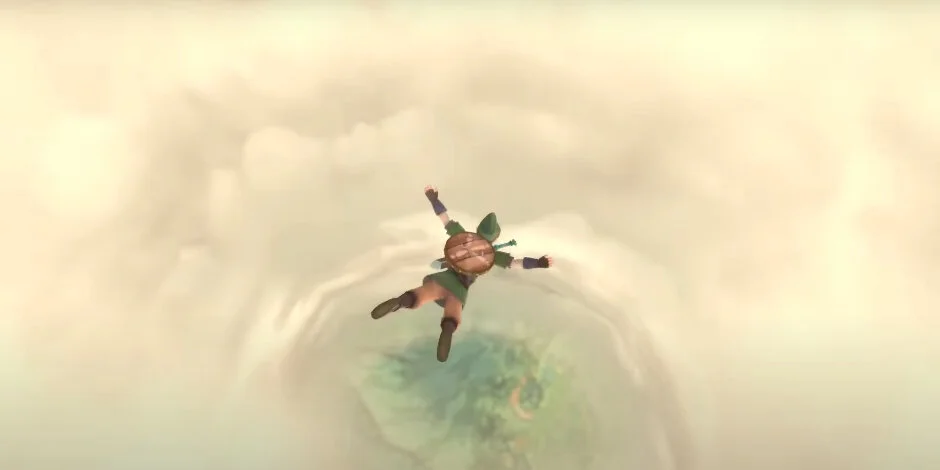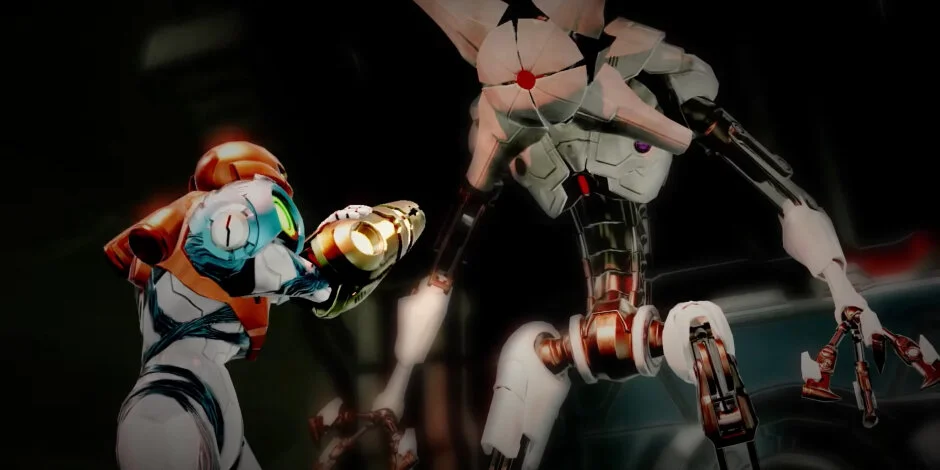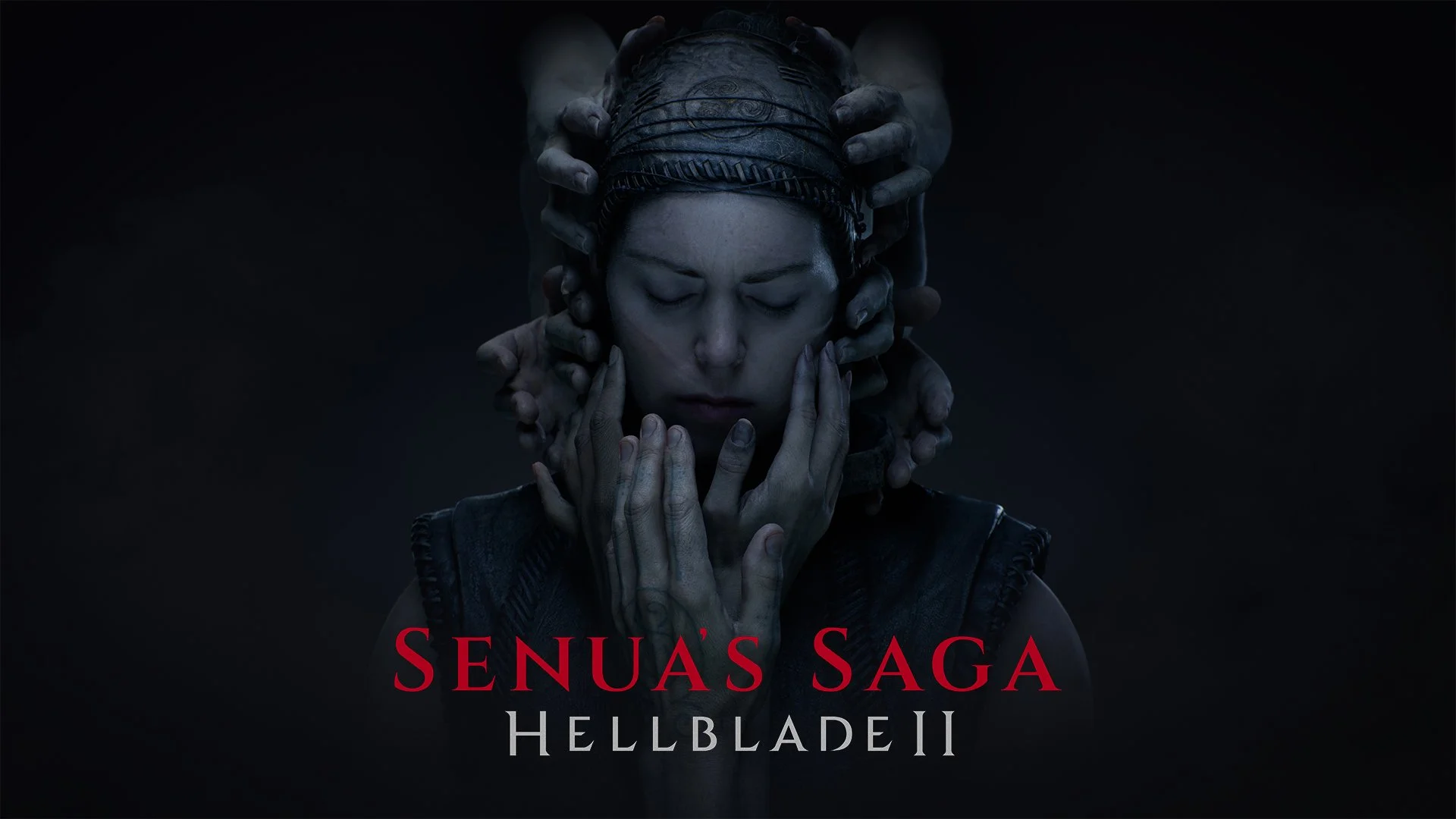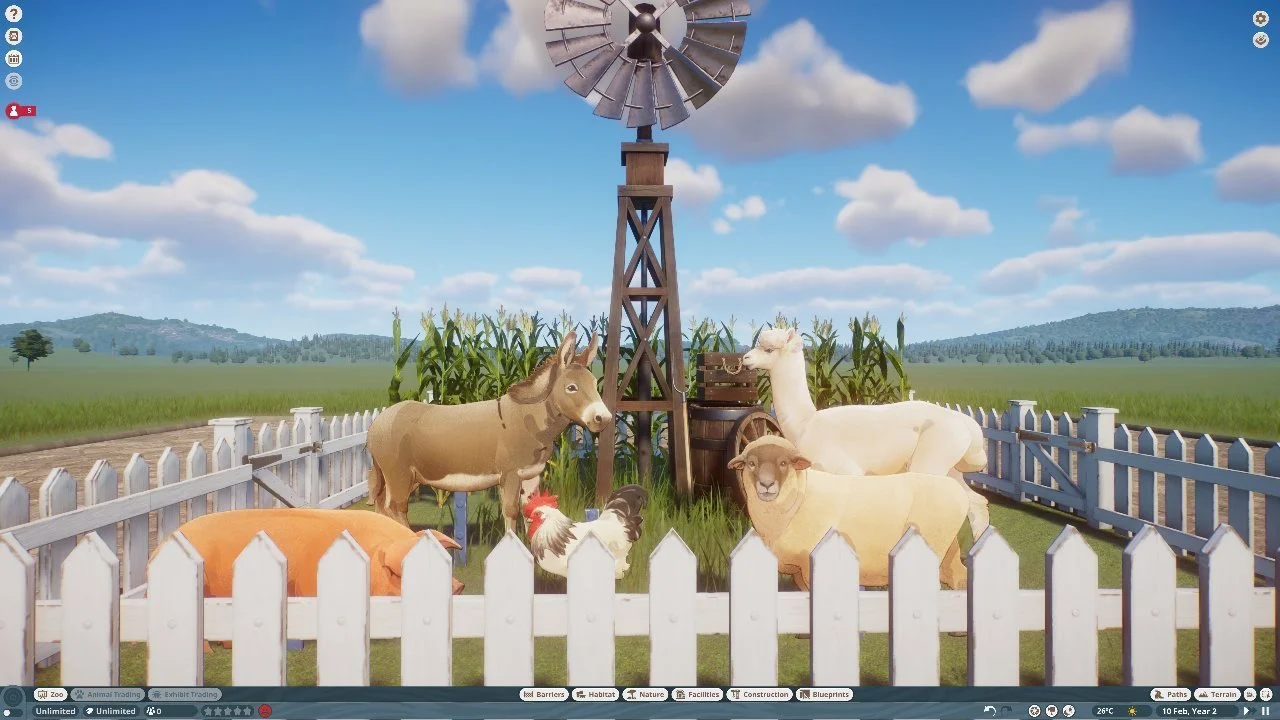The year is 2006. The Nintendo Wii has just launched and gamers are frantically trying to find a store that still has it in stock. Those lucky few who managed to snag one are likely swinging away in Wii Sports Tennis or slashing at enemies in The Legend of Zelda: Twilight Princess. It’s a great time to be a Nintendo fan, but there’s something tucked into the Wii’s code that will become a centerpiece of Nintendo gaming.
What a time to be alive… and half wolf.
Digital games were a burgeoning market at the time, something the video game industry writ large wasn’t yet familiar with. Nintendo could be considered a pioneer in this market, finding a niche no one anticipated. Back then backward compatibility was an expectation rather than the marvel it is today. The Wii accepted Gamecube discs just as easily as it did Wii ones.
But what made the Wii revolutionary (other than its motion controls) was the ready availability of classic Nintendo games on its digital storefront. No longer would you have to dust off the old Super Nintendo to play A Link to the Past. Now all you had to do was select the icon on your Wii’s home screen and you were all set. Nintendo branded this feature the “Virtual Console,” a moniker that would become synonymous with their hardware over the next decade.
That is until 2017 and the advent of the Nintendo Switch. The runaway success of their latest hardware seems to have had an adverse effect on their desire to allow gamers access to their vast library of classic titles. And this issue just gets more and frustrating as time goes on and new entries for storied franchises come out.
Case in point: later this month The Legend of Zelda: Skyward Sword HD comes to the Switch with some graphical upgrades and quality of life improvements. It’s not my favorite Zelda title, but I’m happy to see it getting some love all these years later. Especially since it looks like it’ll have story connections to the forthcoming Breath of the Wild sequel.
It’s great that we’re getting this game with some much-needed touchups, but all you have to do to see the problem is look to the Switch’s predecessor: the Wii U. While a devastating commercial failure that left many wondering about Nintendo’s future as a hardware manufacturer, the Wii U received unprecedented support when it came to retro games. At least five generations of console games could be purchased digitally on its eShop, dating all the way back to the Nintendo Entertainment System.
Specifically, The Legend of Zelda franchise has an embarrassingly strong presence on the Wii U that you just can’t compare to the Switch’s library. On Switch, you can play six Zelda games including the spinoff title Hyrule Warriors: Age of Calamity. Skyward Sword HD will bring that number up to seven. The Wii U has a whopping 11 Zelda titles, many of which are simply impossible to get on the Switch.
Games like The Legend of Zelda: Ocarina of Time and The Legend of Zelda: Wind Waker HD are considered some of the best video games ever made, and Switch owners just have to be comfortable with not playing them. This is especially damning when you consider just how many people are beginning their gaming journey on the Nintendo Switch.
It only makes sense that a lot of people, many of them younger, are going to pick up this remaster of Skyward Sword when it comes out. And many of them will probably love it, beat it, and seek out other titles in the franchise. They’ll have The Legend of Zelda: Breath of the Wild at their disposal, along with the remake of Link’s Awakening. Outside of that, they’ll have to subscribe to Nintendo Switch online to play three additional Zelda games from 30+ years ago.
It’s a real problem that Nintendo doesn’t seem at all concerned with rectifying. All you have to do is look to last year’s ridiculous release of Super Mario 3D All-Stars, a collection of three classic, 3D Mario games, to see what I’m talking about.
Still no word on if this collection will ever return.
Each game in the collection received some very minor improvements and was bundled into one package for $60 USD as part of the celebration for Mario’s 35th anniversary. It’s a tall order to pay that much for three older games that aren’t even remastered, especially when you consider that you can’t buy any of the titles individually. But the insanity doesn’t stop there.
You can’t buy it anymore. It still has a page in the eShop, but you can’t purchase it. Sure, if you bought it already you still have access, but Nintendo decided that after March 31, 2021, Super Mario 3D All-Stars would be removed from the eShop and production of physical copies would cease. It remains to be seen if Nintendo will bring the title back or offer some kind of alternative option to buying the three games as stand-alone software, but the idea behind it makes Nintendo’s strategy for retro games all too clear.
They just don’t care. They don’t care that millions of gamers want to play games from previous console generations. They don’t care that only about 13 million people got to enjoy the robust Wii U eShop, while almost 85 million Switch owners are stuck with a lackluster library of NES and SNES Online games. And they don’t care that, as new games in these beloved series come down the pipeline, many gamers will feel lost as they attempt to understand the intricate storylines that are years in the making.
Just last year, a new Paper Mario game came out on the Switch, and it cast a pretty stark light on the fact that it is, to this day, the only Paper Mario game you can play on Switch. Later this year we’ll see the return of 2D Metroid with Metroid Dread, but you can only play the original Metroid and Super Metroid on Switch and only as a part of the Switch Online subscription service.
Metroid Dread will be the only Metroid game on Switch from the 21st century.
Some of Nintendo’s best games are just out of reach, locked to older platforms that it makes no sense to buy anymore. Sure, if you’re that dedicated to retro gaming you’ll go out and find a way to play them, whether that means spending the money on old hardware or resorting to the last bastion of classic video games; emulation. But many gamers, especially on Switch, don’t have those luxuries and to leave them languishing out here in the cold is one of Nintendo’s greatest follies.
Unfortunately, they know where their bread is buttered. Super Mario 3D All-Stars was one of the best-selling games of last year. Skyward Sword HD will undoubtedly sell well as Zelda fans new and old are rabid for something to play as we wait for Breath of the Wild 2. Gamers will pay good money for classic games and the longer Nintendo makes us wait to get them, the more we’re willing to pay. I know I would pay $60 for a proper Paper Mario collection in a heartbeat.
The death of the Virtual Console (Nintendo officially started winding down support for it in 2019) signaled a shift in Nintendo’s approach to gaming. Instead of combatting piracy and offering gamers an easy and accessible way to play their historic and beloved library, they doubled down on profits. Rather than sell Ocarina of Time or Paper Mario for $10 a pop they’d rather slap a fancy new name on a bundle and get $60 out of you.
I never bought a Wii U, and I find myself regretting that more and more as time goes on. When the Switch launched I grabbed the first one I could find and waited eagerly for any news about the return of the Virtual Console. Now, as the Switch nears its fifth birthday, I have all but given up hope.
The Wii U in its short-lived prime.
The age of the Virtual Console has passed, and while it had its flaws, it was head and shoulders above the current system. I just hope one day Nintendo makes it possible to play every game in their beloved franchises on a single system. It’s the smart move to make. More games means happier fans. And happier fans make for more dedicated customers.























